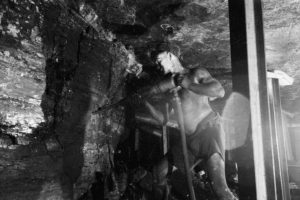By Andy Winfield
There’s something about May. It’s an incredibly uplifting month, particularly when there’s been a longer than usual winter; a very wet march and an icy easterly wind has kept the dregs of winter sloshing around up until the end of April. The sun’s position in the sky meant that the usual spring triggers applied for the likes of primroses, daffodils and tulips, but the temperature and wet weather meant that pollinators were out in dribs and drabs, a day on and a day off. Even my usually optimistic approach wavered and my bottom lip stuck out. But now the temperature is higher, Bristol is bright green again and plants are assertively growing from everywhere. (more…)




